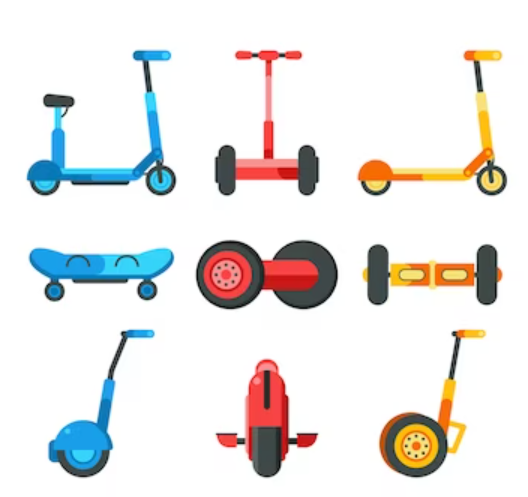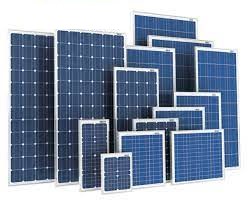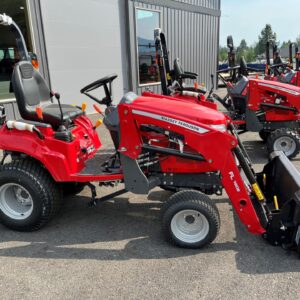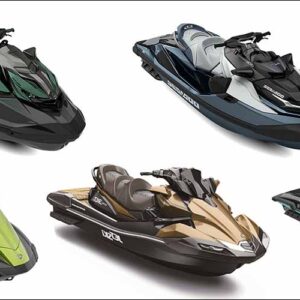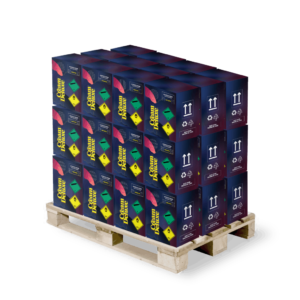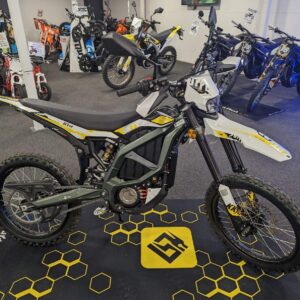A scooter (motor scooter) / Electric Mini Power Scooters is a motorcycle with an underbone or step-through frame, a seat, and a platform for the rider’s feet, emphasizing comfort and fuel economy. Elements of scooter design were present in some of the earliest motorcycles, and motor scooters have been made since at least 1914.
The Shorter Oxford English Dictionary defines a motor scooter as a motorcycle similar to a kick scooter with a seat, a floorboard, and small or low wheels. The US Department of Transportation defines a scooter as a motorcycle that has a platform for the operator’s feet or has integrated footrests and has a step-through architecture.
The classic scooter design features a step-through frame and a flat floorboard for the rider’s feet.This design is possible because most scooter engines and drive systems are attached to the rear axle or under the seat. Unlike a conventional motorcycle, in which the engine is mounted on the frame, most modern scooters allow the engine to swing with the rear wheel, while most vintage scooters and some newer retro models have an axle-mounted engine. Modern scooters starting from the late-1980s generally use a continuously variable transmission (CVT), while older ones use a manual transmission with the gearshift and clutch control built into the left handlebar.
Scooters usually feature bodywork, including a front leg shield and body that conceals all or most of the mechanicals. There is often some integral storage space, either under the seat, built into the front leg shield, or both. Scooters have varying engine displacements and configurations ranging from 50 cc (3.1 cu in) single-cylinder to 850 cc (52 cu in) twin-cylinder models.
Traditionally, scooter wheels are smaller than conventional motorcycle wheels and are made of pressed steel or cast aluminum alloy, bolt on easily, and often are interchangeable between front and rear. Some scooters carry a spare wheel. Many recent scooters use conventional front forks with the front axle fastened at both ends.
The global popularity of motor scooters dates from the post-World War II introductions of the Vespa and Lambretta models in Italy. These Electric Mini Power Scooters were intended to provide economical personal transportation (engines from 50 to 150 cc or 3.1 to 9.2 cu in). The original layout is still widely used in this application. Maxi-scooters, with larger engines from 200 to 850 cc (12 to 52 cu in) have been developed for Western markets.
Electric Mini Power Scooters are popular for personal transportation partly due to being more affordable, easier to operate, and more convenient to park and store than a car. Licensing requirements for scooters are easier and cheaper than for cars in most parts of the world, and insurance is usually cheaper. The term motor scooter is sometimes used to avoid confusion with kick scooter, but can then be confused with motorized scooter or e-scooter, a kick-scooter with an electric motor.



